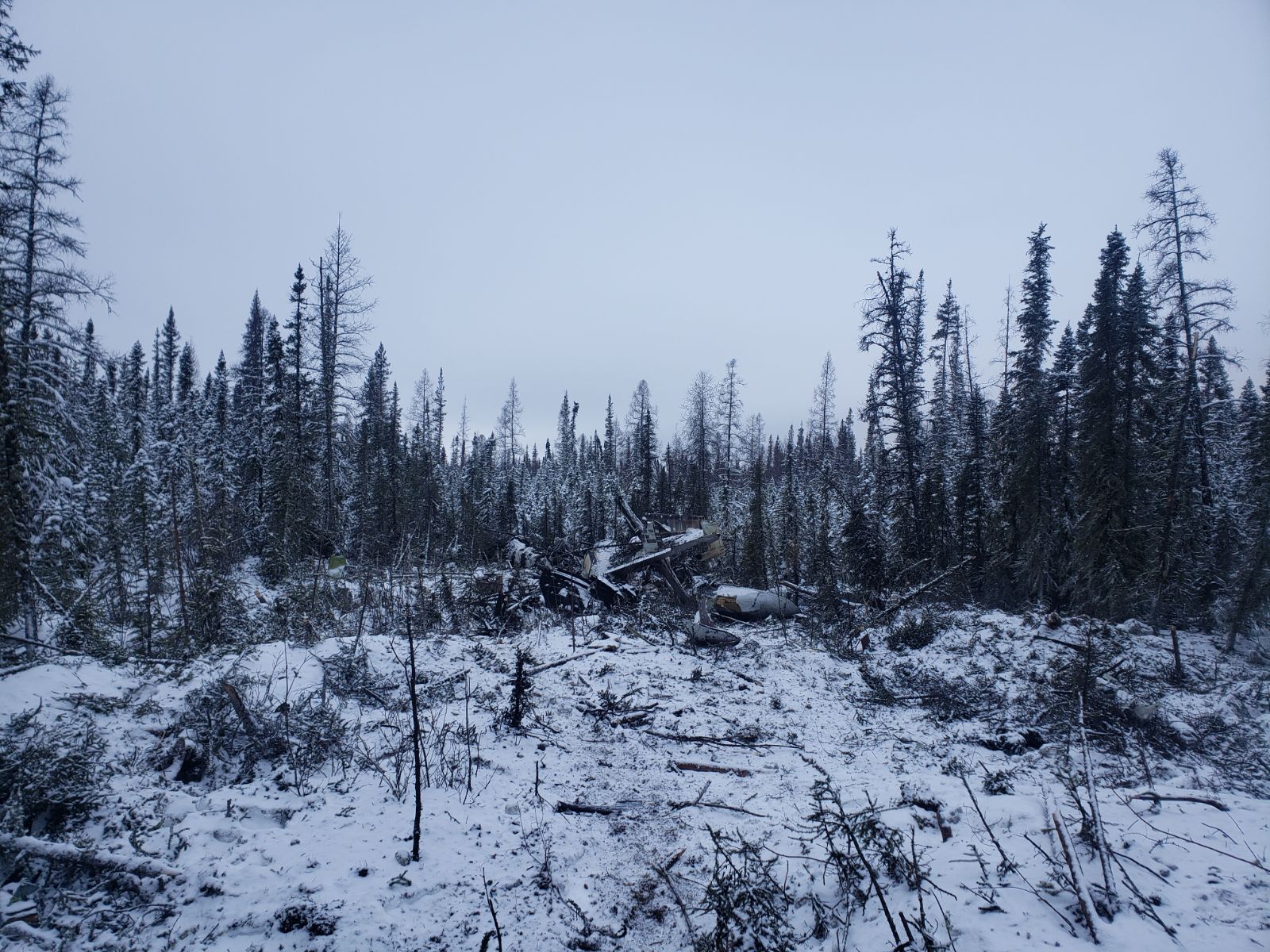Collision with terrain
Northwestern Air Lease Ltd.
BAE Jetstream 3212, C-FNAA
Fort Smith Airport, Northwest Territories
The occurrence
On , a BAE Jetstream 3212 aircraft operated by Northwestern Air Lease Ltd. was conducting a flight from Fort Smith Airport, Northwest Territories to Diavik Mine Airport, Northwest Territories, with 2 flight crew and 5 passengers on board.
Shortly after takeoff on Runway 30, the aircraft collided with terrain. There was a post-impact fire, and the aircraft was destroyed. Six occupants were fatally injured, and one sustained serious injuries. The TSB is investigating.
Media materials
Deployment notice
TSB deploys a team of investigators following an aircraft accident near Fort Smith, Northwest Territories
Edmonton, Alberta, 23 January 2024 — The Transportation Safety Board of Canada (TSB) is deploying a team of investigators to investigate an accident involving a BAE Jetstream aircraft registered to Northwestern Air Lease. The TSB is gathering information and assessing the occurrence.
Investigation information
A24W0008
Collision with terrain
Northwestern Air Lease Ltd.
BAE Jetstream 3212, C-FNAA
Fort Smith Airport, Northwest Territories
Download high-resolution photos from the TSB Flickr page.
Class of investigation
This is a class 3 investigation. These investigations analyze a small number of safety issues, and may result in recommendations. Class 3 investigations are generally completed within 450 days. For more information, see the Policy on Occurrence Classification.
TSB investigation process
There are 3 phases to a TSB investigation
- Field phase: a team of investigators examines the occurrence site and wreckage, interviews witnesses and collects pertinent information.
- Examination and analysis phase: the TSB reviews pertinent records, tests components of the wreckage in the lab, determines the sequence of events and identifies safety deficiencies. When safety deficiencies are suspected or confirmed, the TSB advises the appropriate authority without waiting until publication of the final report.
- Report phase: a confidential draft report is approved by the Board and sent to persons and corporations who are directly concerned by the report. They then have the opportunity to dispute or correct information they believe to be incorrect. The Board considers all representations before approving the final report, which is subsequently released to the public.
For more information, see our Investigation process page.
The TSB is an independent agency that investigates air, marine, pipeline, and rail transportation occurrences. Its sole aim is the advancement of transportation safety. It is not the function of the Board to assign fault or determine civil or criminal liability.

